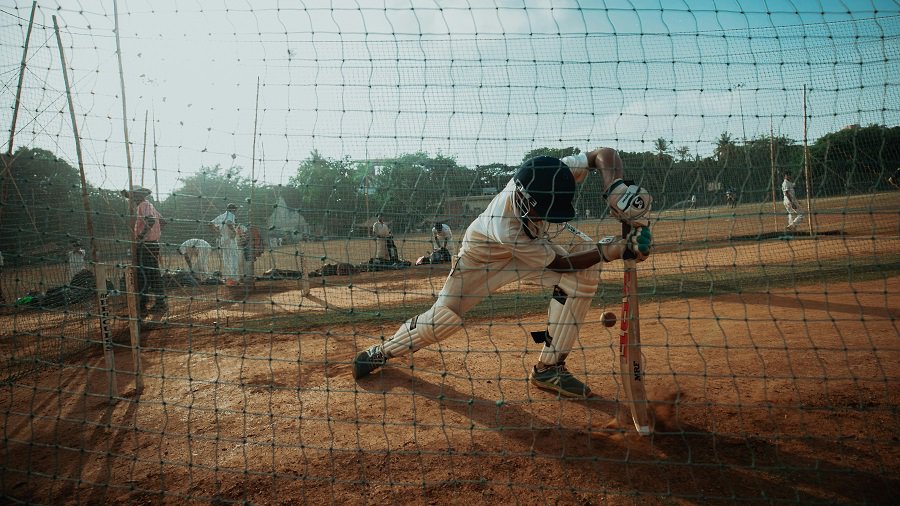In the realm of cricket betting, especially in the shorter formats of the game, where every ball and every run counts, understanding the nuances of a team’s batting order can be the difference between a successful wager and a missed opportunity.
The batting order is not just a sequence of players walking in and out; it’s a strategic blueprint that can reveal insights into a team’s strengths, weaknesses, and potential outcomes.
In this comprehensive guide, we delve into the pivotal role that analyzing a cricket team’s batting order plays in making informed betting decisions.
Impact of Match Formats
The dynamics of a batting order vary across cricket formats, with each format demanding a distinct approach. In Test cricket, resilience and endurance take precedence, whereas in T20s, aggression and innovation define the batting order’s composition.
With T10 cricket having begun to take roots as well, more and more focus will be on the batting order of a cricket team from the perspective of tactics and hence, betting.
Things are evolving in Tests too as pitches begun to get more and more bowling-friendly. It’s made teams reassess their tactics with the bat – do they try and absorb more and more pressure and bat long OR if they score as many as they can
The Foundation of a Team’s Batting Strategy
At the heart of cricket lies the batting order, meticulously crafted by coaches and captains to optimize performance and adapt to varying match situations.
Unlike other sports, cricket’s dynamic nature demands flexibility in batting lineups, where players are assigned roles based on their expertise, form, and the demands of the game.
Of course this works differently for the three formats with captains showing a lot more rigidity in allocating the batting order for Test matches as compared to white ball cricket.
As mentioned earlier, there too, however, things are changing with the way Test cricket is evolving, especially in the face of Bazball – the new brand of cricket that England captain-coach pair of Ben Stokes and Brendon McCullum have invented.
Understanding the Structure
A typical batting order comprises a combination of opening batsmen, middle-order stabilizers, aggressive hitters, and tail-enders. The order is structured to weather the storm of new-ball attacks, consolidate the innings, and unleash power hitters during the death overs.
This, however, changes in T20 and T10 cricket with things not so much dependent on the exact batting number of a batter but also on the match situation.
For instance, if a team like Kolkata Knight Riders has lost two wickets by the 16th over of their innings, they might send in their otherwise number six batter Andre Russell to the middle after the very next wicket.
Captains have nowadays started using the ‘retired out’ tactic to bring in a batter who might be more suited for the situation.
Assessing Player Form and Conditions
Analyzing a team’s batting order begins with assessing individual player form and adaptability to different pitch and weather conditions.
Players who excel against swing and seam movement may be preferred in overcast conditions, while spin specialists might dominate on dry, turning tracks.
This could be on show typically when overseas teams tour India for a Test series where the conditions are far different from those back home.
While in this case, the core of their batting team might remain the same, there would be at least one or two who are less troubled by the spin-friendly pitches than those who bat well in home conditions.
Unraveling Strategic Choices
Gone are the days when the batting order was set in stone; it’s a strategic chess game where captains shuffle players based on match circumstances and opposition analysis.
Flexibility in the lineup allows teams to counter specific bowling threats, exploit match-ups, and capitalize on momentum shifts.
While this is more common in T20 cricket, there have been traces of this seen in the longer format as well. In the 2024 Test series between India and England, for instance, left-handed batter Axar Patel was sent in at number six to counter the left-arm spin of Tom Hartley.
This had forced England spinner Ben Stokes to bowl off-spinner Joe Root at him.
Identifying Key Players and Anchors
Every team boasts a nucleus of key players whose performances often dictate match outcomes. Identifying these pivotal figures and their respective roles within the batting order provides invaluable insights for cricket bettors.
It’s important to understand who are these players for those particular conditions, situations, formats and match-ups.
Recognizing Match Situations
Successful cricket betting hinges on the ability to anticipate and react to evolving match situations. By analyzing a team’s batting order, bettors can gauge the team’s approach to chasing or setting targets, assess the risk appetite of middle-order batsmen, and predict innings acceleration or deceleration.
Recognizing Cricket Match-Ups
Cricket batting orders are also dependent on what’s called strategic match-ups in this day and age. And that goes a long way in helping not just the team taking that decision but also those knowing those match-ups while betting on cricket.
To understand the concept of cricket match-ups, we have an in-depth guide here with examples. To explain in brief, it is the strategic battle between batters and bowlers based on a plethora of factors including conditions, form, host nation, pitch conditions and past results.
Leveraging Statistical Analysis
In the digital age, cricket statistics offer a treasure trove of data-driven insights for astute bettors. From player averages and strike rates to historical performance against specific opponents, statistical analysis enables bettors to make informed predictions about individual player contributions and team totals.
Monitoring Injuries and Player Rotations
Injuries and player rotations can significantly disrupt a team’s batting order, altering the balance and dynamics of the lineup. Keeping abreast of team news, injury updates, and squad announcements is crucial for bettors seeking to capitalize on potential vulnerabilities or opportunities arising from player absences.
Final Words on How A Batting Order Helps Cricket Betting Analysis
In the ever-evolving landscape of cricket betting, the batting order serves as a compass, guiding bettors through the intricacies of team dynamics, match situations, and player performances.
By delving deep into the nuances of a team’s batting lineup, bettors can unravel strategic insights, leverage statistical trends, and make calculated wagers that tilt the odds in their favor.
As cricket enthusiasts and betting aficionados alike embrace the thrill of the game, mastering the art of batting order analysis emerges as a fundamental pillar in the pursuit of betting success.
Armed with knowledge, intuition, and a keen eye for detail, bettors can navigate the twists and turns of cricket’s unpredictable terrain, transforming mere speculation into strategic foresight and informed decision-making.






